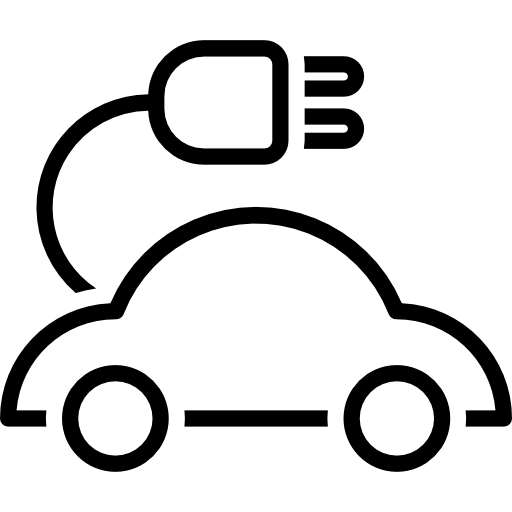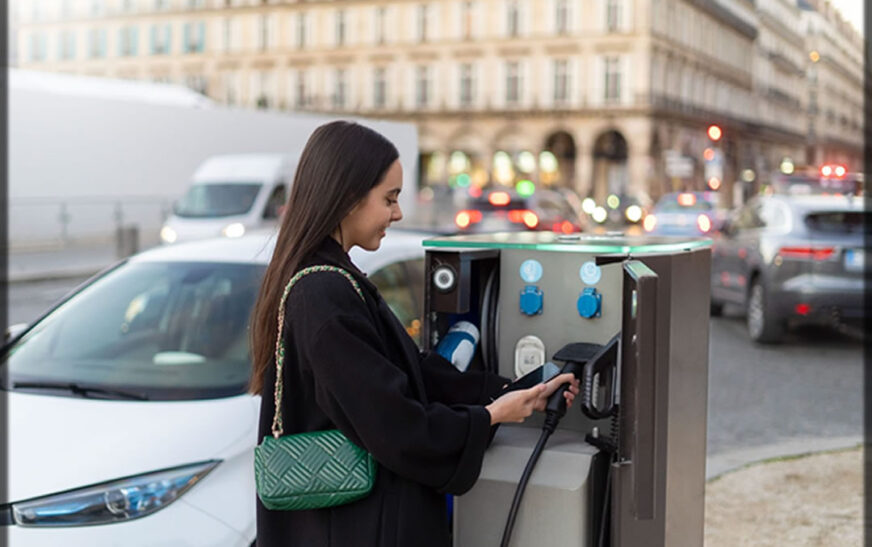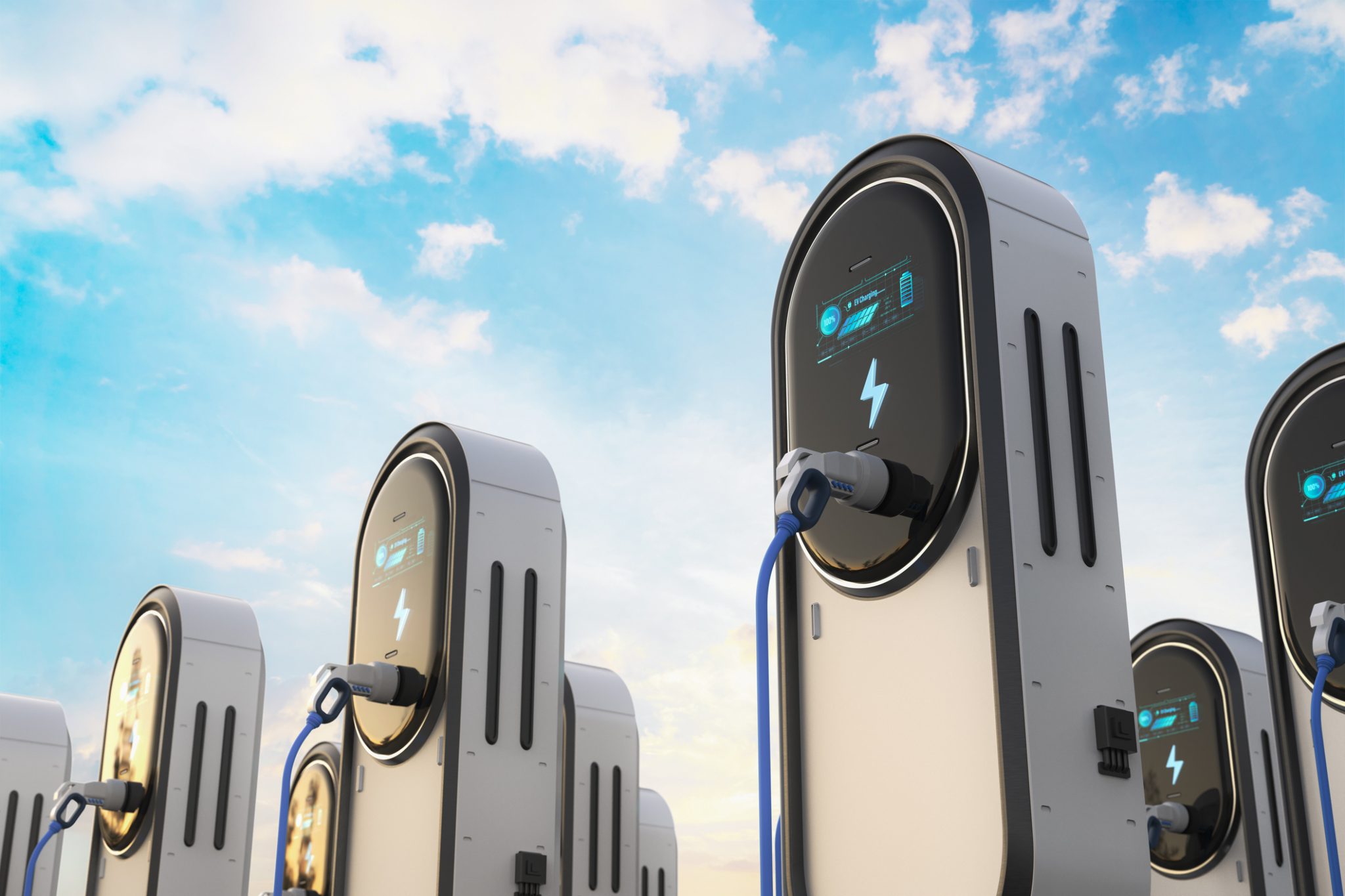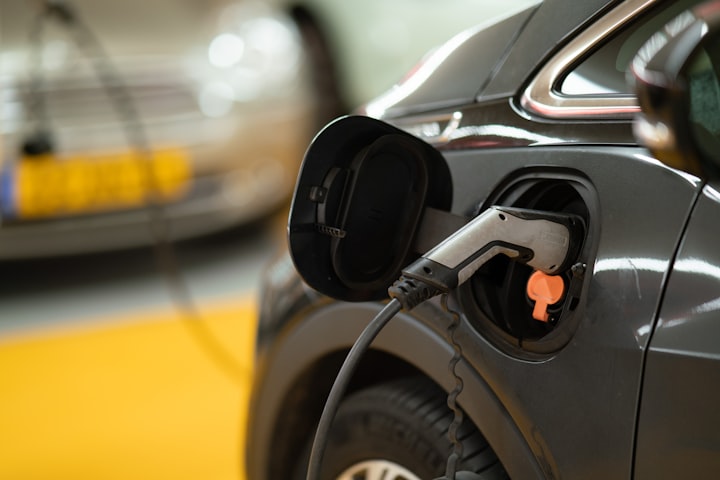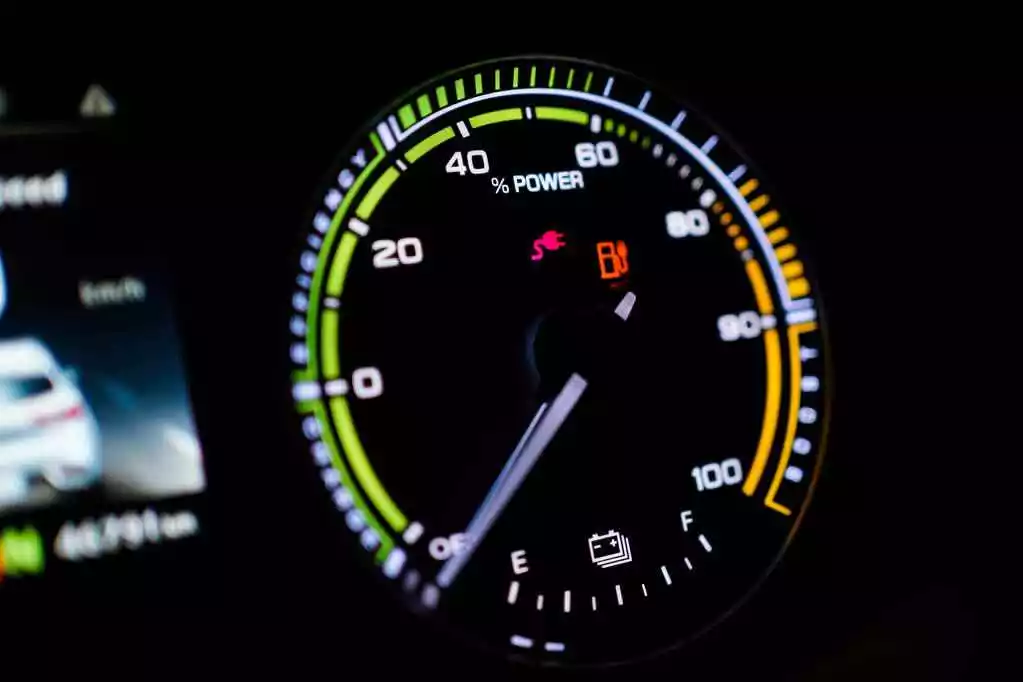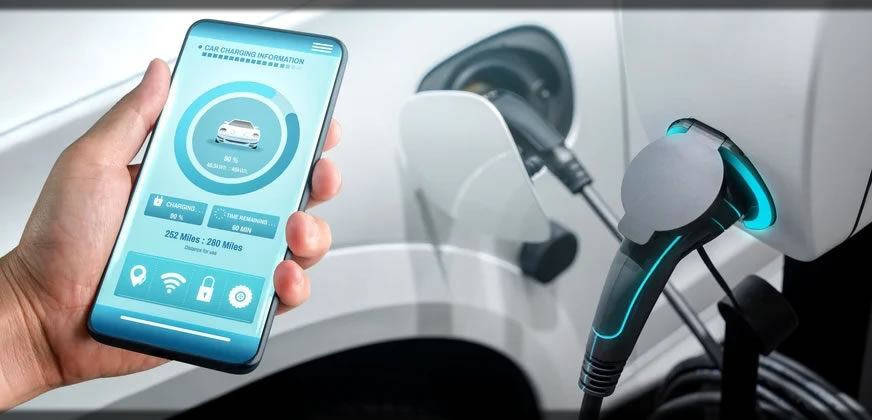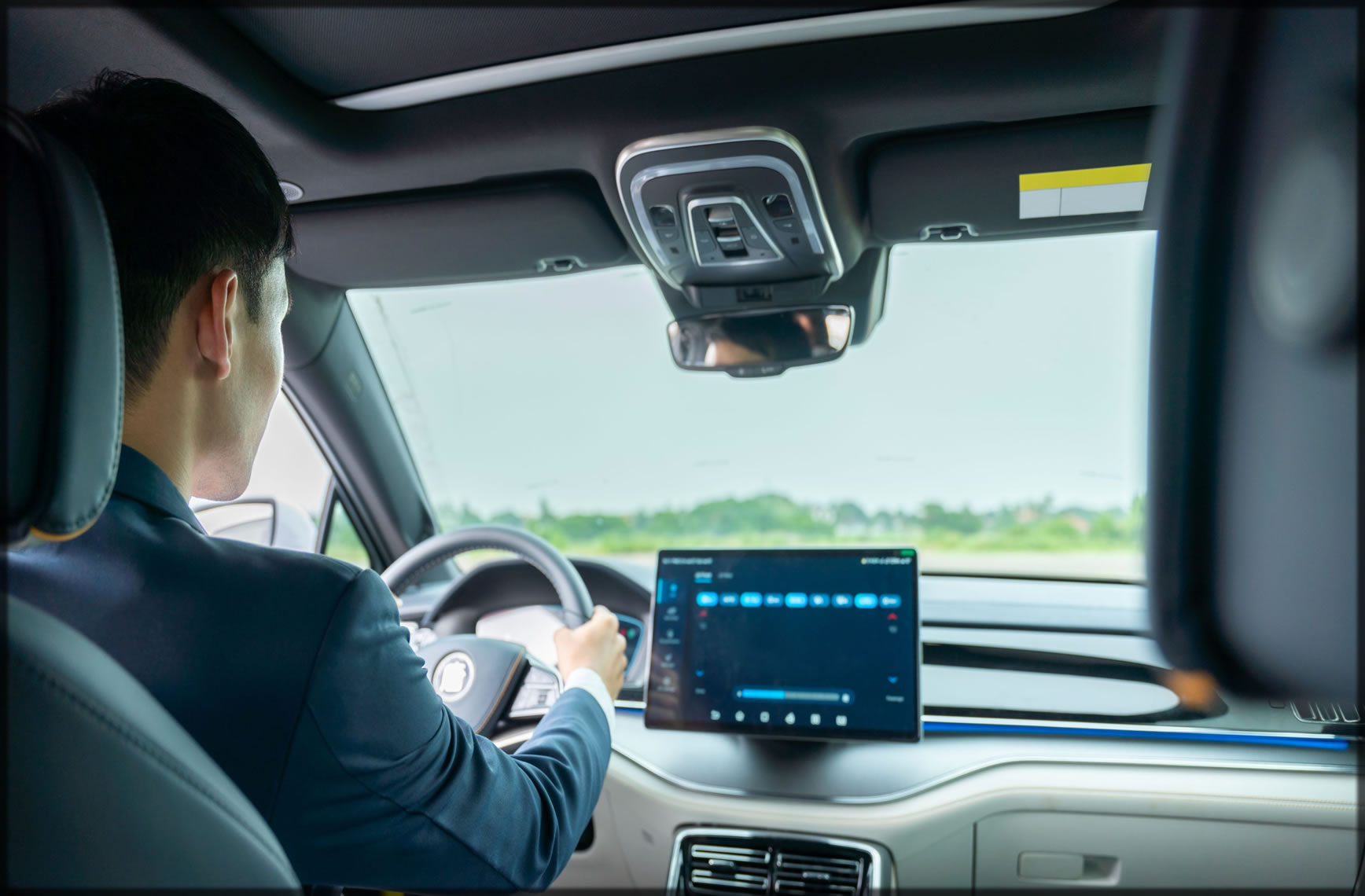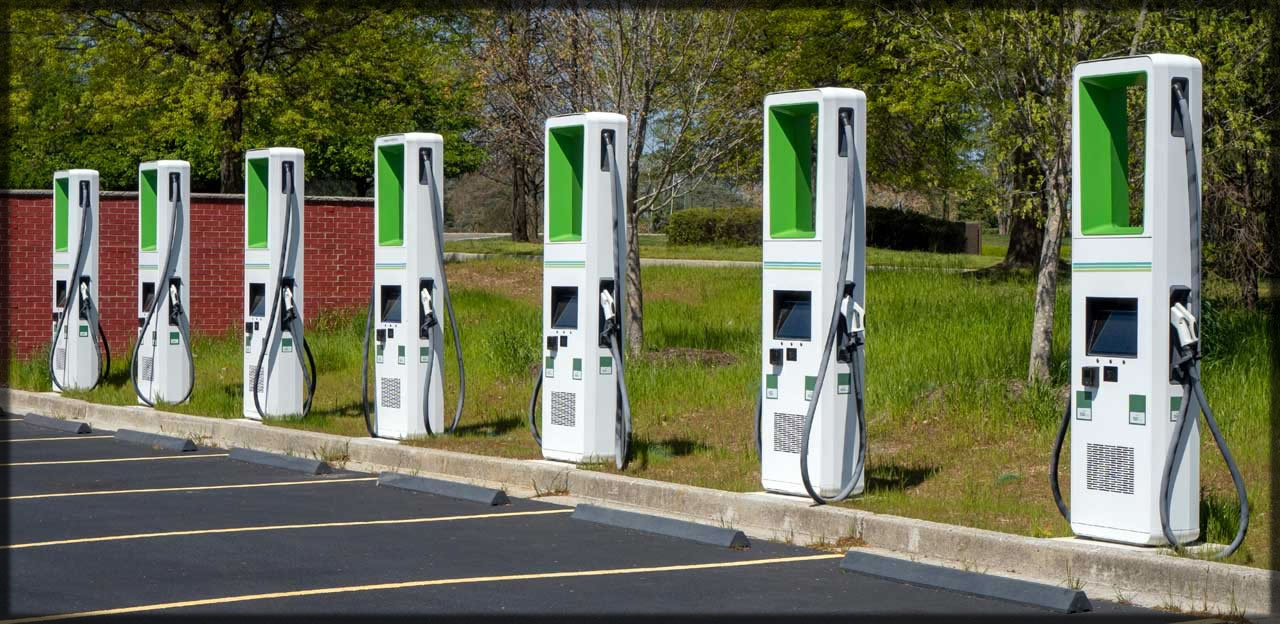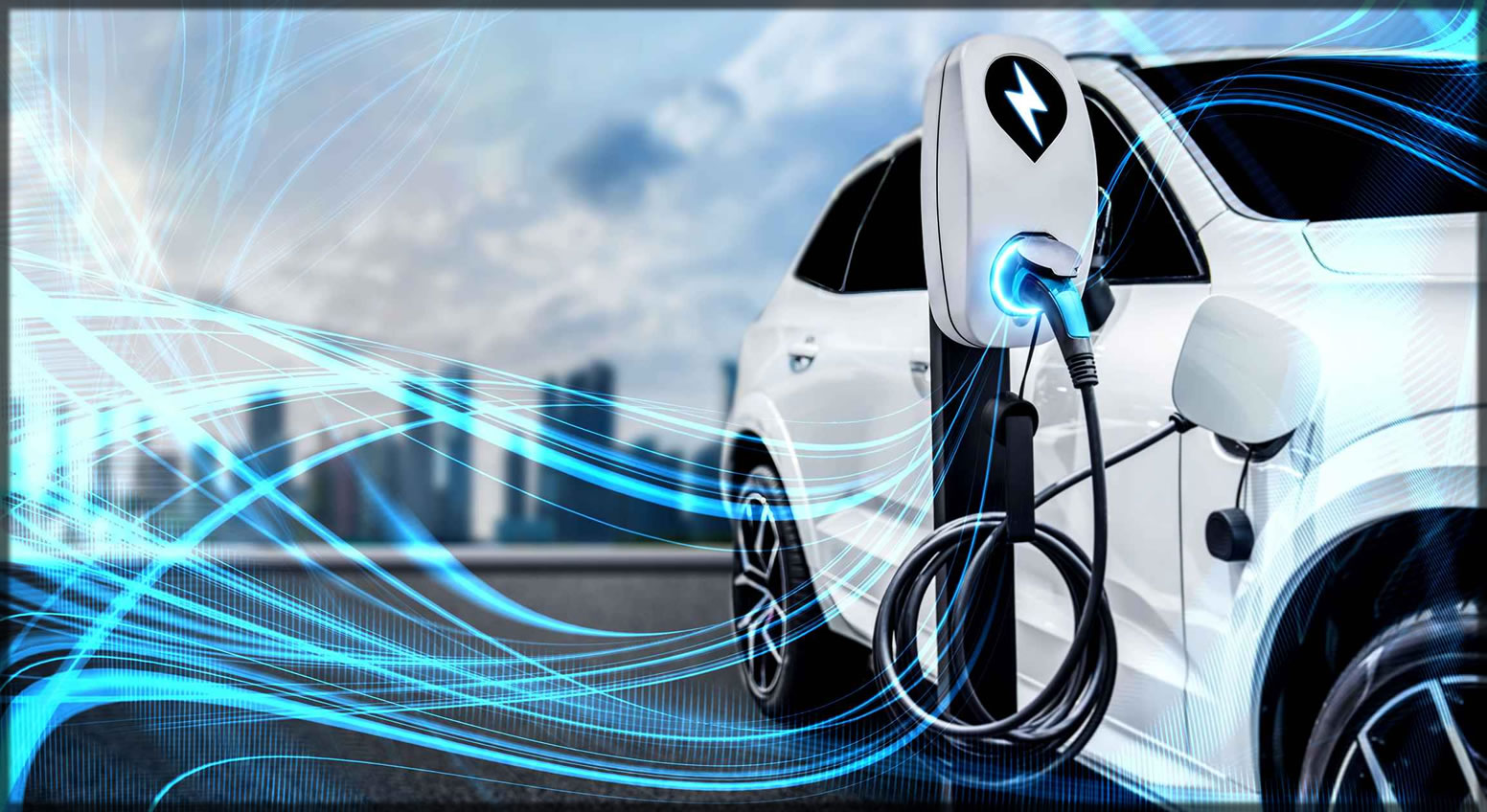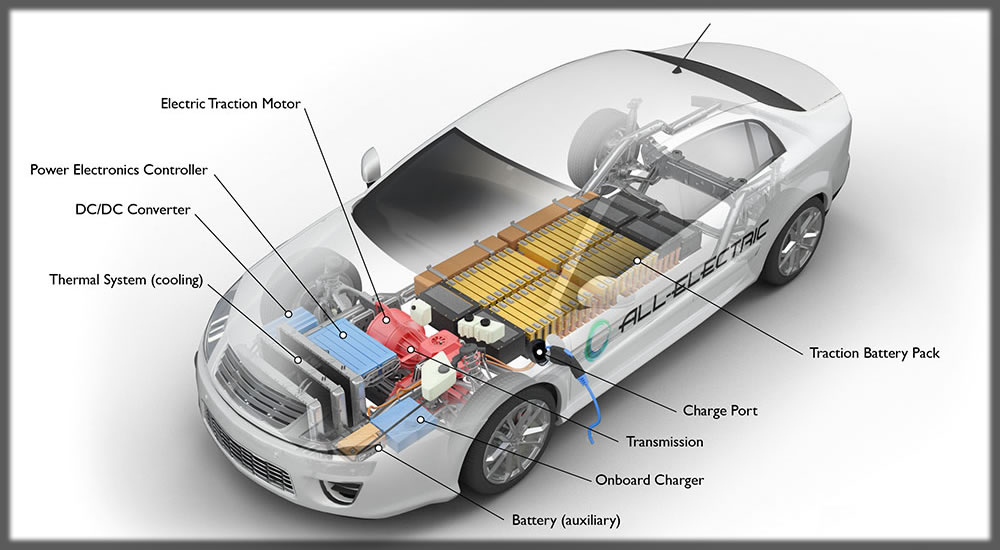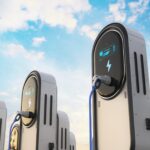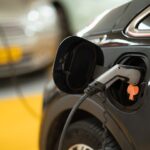How to Find and Use Public EV Charging Points. As electric car (EV) usage continues to expand, access to public charging infrastructure is increasingly important for EV owners. Home charging is convenient, but for long trips, city dwellers with no charger at home, and for drivers who simply need a quick boost in between, public charging infrastructure is a necessity. In this article, we will help you explore and make use of public EV charging infrastructure with ease, delivering a hassle-free driving experience for you.
Finding Public Electric Car Charging Locations
One of the most accessible approaches for finding public EV charging locations is through web mapping and mobile app tools. Several apps are reporting real-time information regarding locations, availability, and prices at charging locations. Some of them include PlugShare, ChargePoint, Electrify America, EVgo, Google Maps, Tesla Supercharger Network, and Alternative Fuel Data Center. With these tools, owners of EVs can search for charging locations nearby, access user feedback, and confirm a station works before driving over to it. Most of them allow filtering for payment types, network, and charging speed, and one can choose a best-fit charging opportunity for one’s needs with ease.
Another reliable source is via car maker sat-navs. Most new EVs feature inbuilt sat-nav with charging point locations and real-time availability, and Tesla, for one, features a smart route planner that suggests charging stops in relation to battery level and distance travelled. Others, such as Ford, Volkswagen, and Hyundai, have similar inbuilt capabilities via in-house EV smartphone apps, offering drivers access to compatible charging locations for their vehicle.
Public charging can be found at malls, grocery stores, restaurants, hotels, parking garages, highway stops, worksites, and universities. Most have added EV chargers as an added value to attract environmentally conscious buyers, and a few even have free charging as a reward for stopping in. There are city government and utility databases of charging locations, with incentives and discounts in many instances. Some utility companies even have off-hour reduced pricing structures in an attempt to make it less expensive for drivers to charge during off-peak times of the day.
Using Public Electric Car Charging Points
Public charging capacities vary, and three types have been established:
– Level 1 charging (120V utilizes a standard household outlet but is not utilized in public locations for its slow 2-5 miles-per-hour charge rate
– Level 2 charging (240V) is most common in public charging, providing 10-60 miles of range per hour, and ideal for overnight charging at a hotel, over a meal, or when out at a store.
– DC rapid charging is the most rapid, offering 100+ range in 20-30 minutes. Ultra-rapid terminals with a 350kW and higher capacity can deliver 200-300 range in 15-20 minutes, but not all automobiles can utilize such high capacities.
To use a public EV charger, one will have to be aware of payment options. Most networks have mobile app, RFID membership, and direct credit/debit card payment requirements. There will be subscription options, with lowered tariffs and free charging for a monthly subscription fee. There will be free charging with a few companies for customers, and in a few companies and hotels, free charging for visitors and workers will be included.
When using a public charger, best practices will make for a convenient and hitch-free encounter. Planning charging stops can reduce range anxiety, and checking availability in advance eliminates unnecessary detours. Unplugging when one’s car is well-charged and not holding a bay for any longer duration than is necessary is a proper charging courtesy. Having any adapter one will ever need is a prudent precaution, with networks having a range of connector types in use. Safety is a consideration, too—charging in well-lit, secure locations, at dusk in particular, is a necessity. To maintain battery life, excessive rapid charging must be avoided wherever possible, with Level 2 chargers ideal for routine use.
Troubleshooting Common Problems
Public EV charging points sometimes don’t work. Where a point isn’t working, an alternative charger can be tried, maintenance notices in an app checked, or a contact with customer service can be started. Payment faults can sometimes be cleared with activity in an account, a payment alternative, or a session restart. Unoptimized batteries can slow down charging, and preconditioning a battery for rapid charging and checking compatibility with a point’s maximum charge rate can correct for this issue. Incompatibility with a charger connector is an issue, and checking a charging standard (CCS, CHAdeMO, Tesla) in advance is a good idea.
Drivers should also monitor peak usage times, when waits at charging locations can become lengthy at times of high demand. To wait, checking real-time availability via an app or searching for alternative locations in the region can save time. In cold temperatures, less efficient batteries can slow down charging, and warming a car and parking in a warm garage when accessible can make charging more efficient.
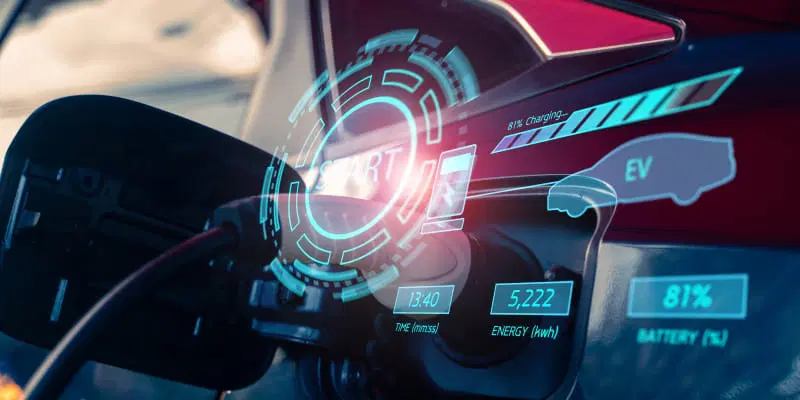
Conclusion
Finding and accessing public EV charging stations is becoming increasingly convenient with increased infrastructure and technological advancement. With mobile apps, car manufacturer guidance, and government databases, EV owners can comfortably search for charging stations. Having an awareness of charging types, payment, and best practices enables charging to become an efficient and simple exercise. As demand for EVs keeps growing, increased investment in charging networks, high-speed charging technology, and easier access to charging locations will make driving an EV even easier. With a little planning and information, EV drivers can comfortably use public charging, and make driving an EV a convenient and accessible reality for all.
